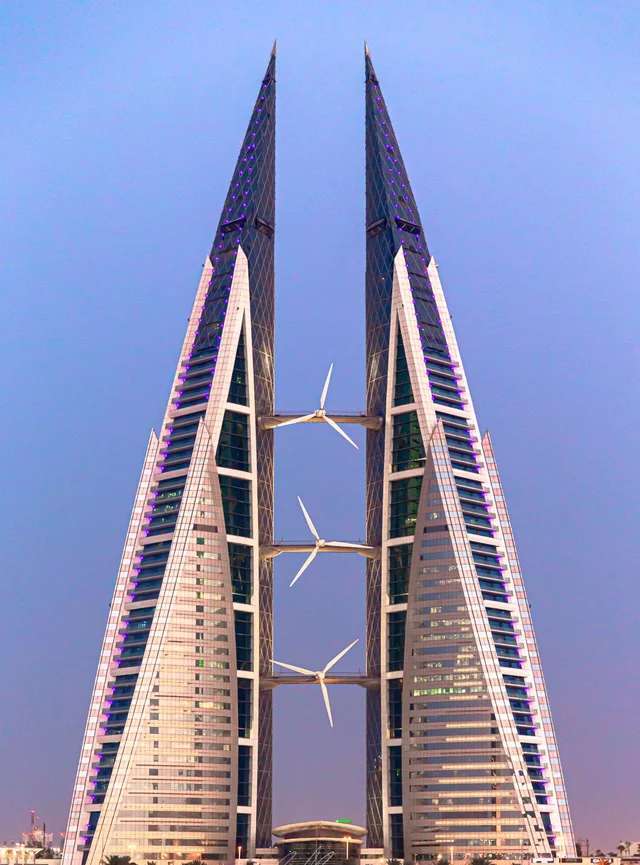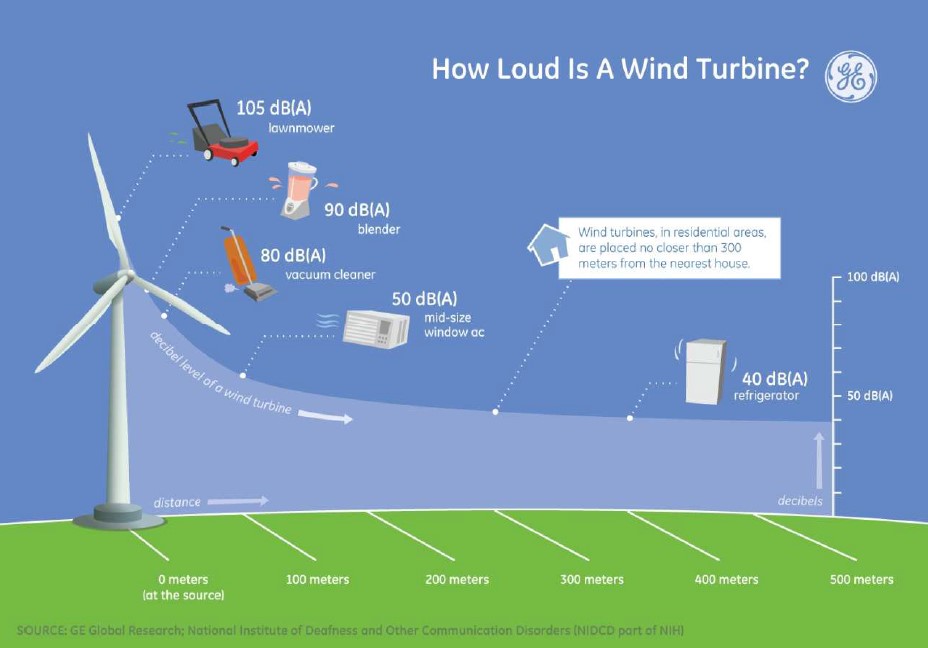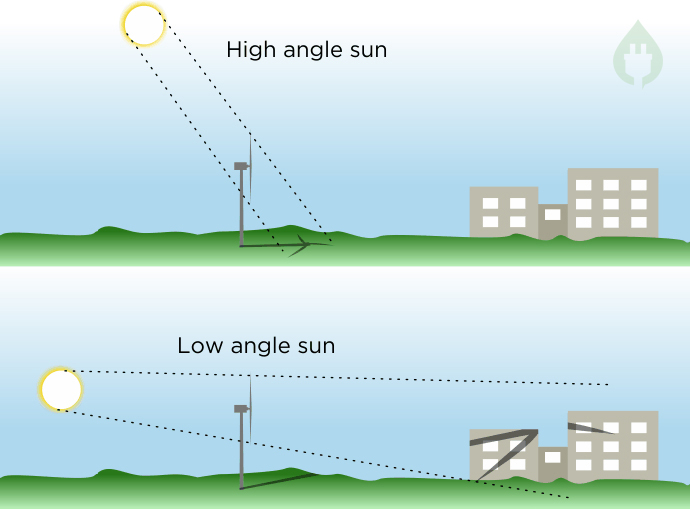In the pursuit of sustainable and renewable energy sources, onshore wind turbines stand tall as a beacon of hope for a greener future. These majestic structures, adorned with colossal blades that slice through the air, have emerged as a symbol of humanity’s quest to reduce reliance on fossil fuels and combat climate change. As one of the most established forms of renewable energy, onshore wind power continues to evolve, promising abundant clean energy and economic benefits while navigating various challenges.
Harnessing onshore wind energy involves the strategic placement and utilization of wind turbines to capture the kinetic energy from the wind and convert it into usable electrical power. This process involves several key steps and considerations:
Windmill siting
One of the primary objectives of any windmill project is to find a suitable site for installation. The word suitable is very problematic because many criteria need to be fulfilled for any place suitable for installing any wind power plant. Some of the conditions to determine a site are:
- Site with easy access and simple terrain.
- Strong wind energy resource.
- Accessible to the electrical market.
- Accessible to transmission.
- Does not disrupt the human population.
Forecasting wind power is a must
One of the problems with wind is that its speed fluctuates continuously and wind speed is directly proportional to wind power production. So, if there is any variation in speed, the power production will also vary and cannot be easily dispatched. Hence, the prediction of wind power is much more important.
In recent times there are several methodologies available for forecasting wind power that also with high accuracy, but this can be a time-consuming process. Depending on the results technology of the project can be determined.
Availability of enough wind power
To understand this point we must know what does energy potential means. In the case of any renewable energy especially when we are dealing with solar, wind, or water, knowledge of their power potential gives an idea about how much energy can be extracted and be used for human development.
The potential of wind power in India is 302 GW at 100 m height from ground level and 696 GW at 120 m height from ground level. According to the assessment of the National Institute of Solar Energy, India has a solar potential of 748 GW if only 3% of the total wasteland in the country is covered with PV modules. This statement can serve as a perfect metaphor to understand the gap between wind power available for energy production with its other counterparts. Only the southern and western region of India contributes heavily toward wind power potential.
Unlike PV modules, wind turbines are difficult to install in urban areas. Although few attempts have been made by some countries, still far from becoming a common practice. Using wind turbines in a personal capacity is also difficult in recent times for the reasons stated above.

Public acceptance
Installing a wind turbine near any residential area is not possible and is also not accepted by the public. The problems are a) Noise, b) Shadow. Because of these problems, there are strict guidelines have been introduced for installation and need to be followed without fail.
Noise
At the source wind turbine generates a sound of approximately 90 to 100 dB which can be compared with the sound produced by the lawnmower. However, as the distance from the turbine increases the loudness of the sound decreases and after almost 300 m it reaches below 50 dB which can be tolerated by humans continuously. It is advised that any turbine must be installed with a minimum of 300 m from any residential area.

Shadow
These turbines are pretty big and can create a huge shadow if not placed properly. In this case, people living in the nearest residential area may or may not accept the fact that installation process depends on their decision. To deal with this issue, there are important rules to follow before planning to install any turbine.
Wind turbine shadow flicker is another problem that is even worse than a constant shadow. To understand this phenomenon, have a look at the picture below:

Having a constant shadow is not good but manageable but, imagine every day at a certain time there is a continuous moving shadow of the blades. That would cause distress and irritation for anyone living in this kind of area.
Impact on wildlife
Discussion related to wildlife is true for both onshore and offshore wind turbines. For onshore turbines, discussions are limited mostly to the birds affected by those huge blades and at the height, they operate. So, any area that might have a population of birds or fly path of any certain group of birds must be avoided.


Almost every aspect has been covered with sufficient data.. very informative article 👍
Inconvenience due to shadow is one of the fact which generally doesn’t come in public mind at first but becomes a nuisance overtime. Loved the whole article. Worth it👏